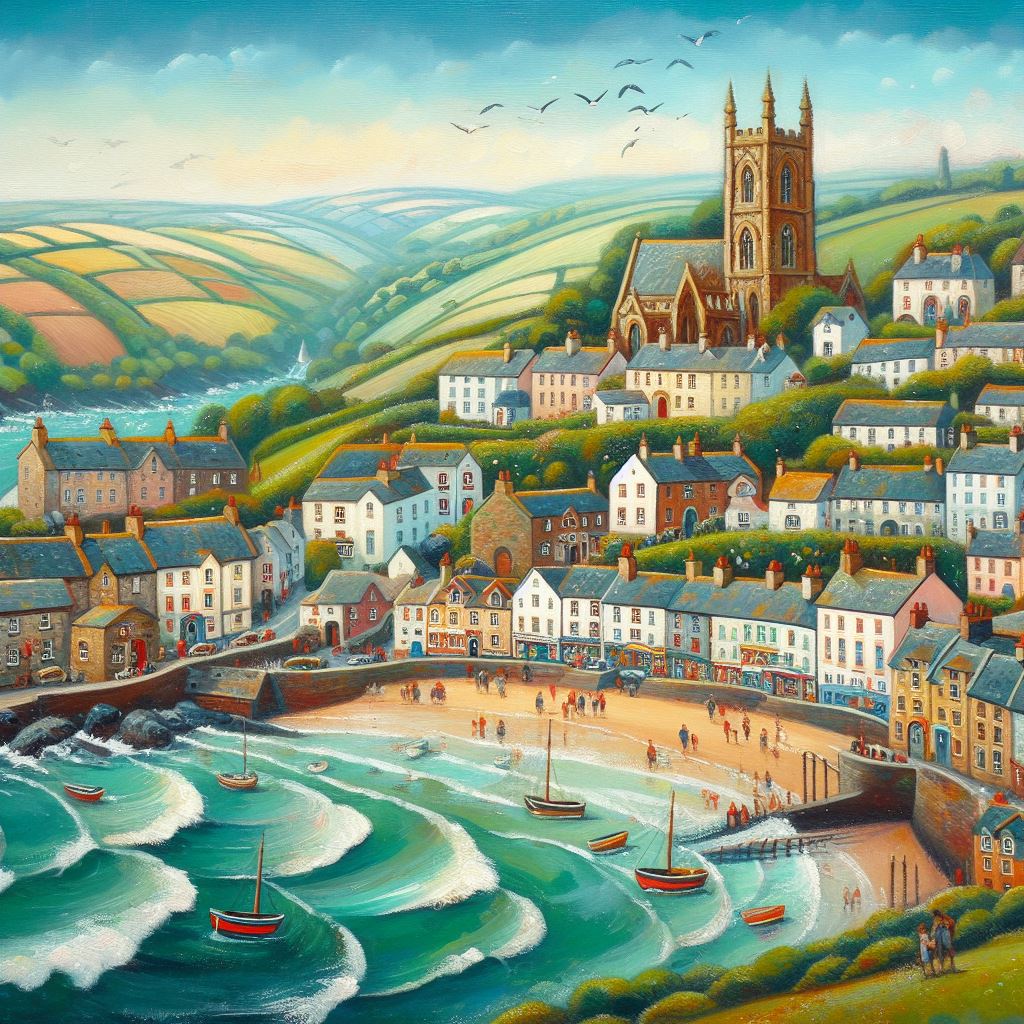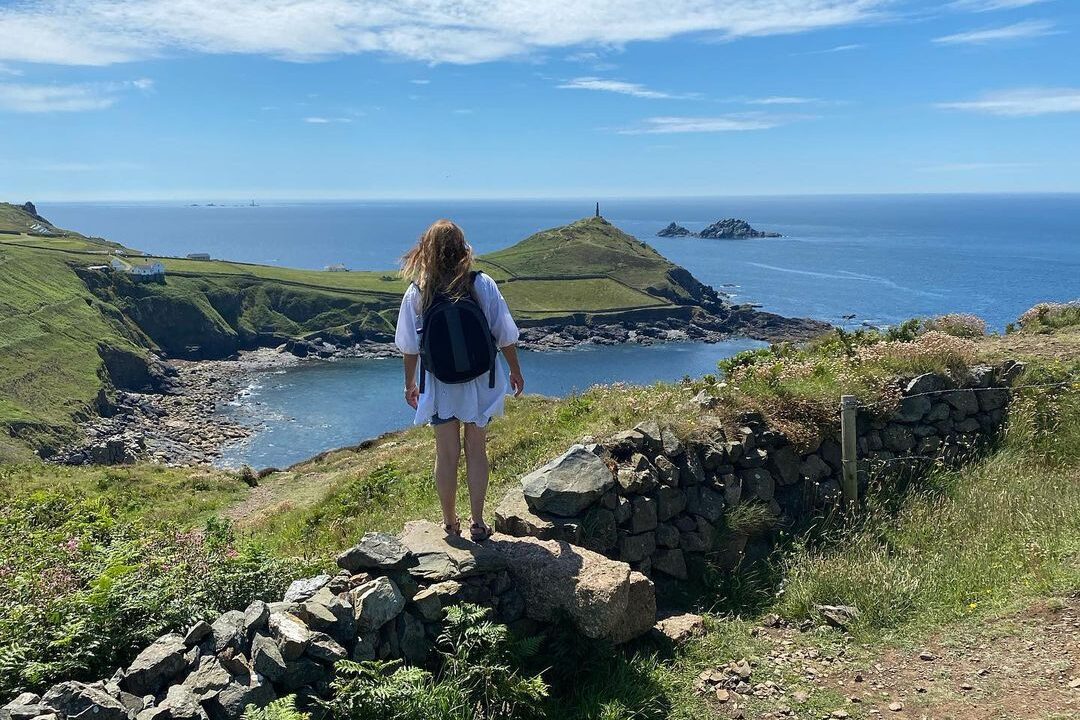
Natural Silver, the Cornish jewellery maker known for its silver pieces inspired by the Cornish coast, is getting a new owner. Niki Green, the founder and designer, is hanging up her tools and retiring, and Kia Lucas, a West Cornwall local, is stepping in to take over the business.
Niki’s been creating Natural Silver’s unique designs for 14 years, taking inspiration from the shells, leaves, and all the natural items she finds on Cornwall’s gorgeous beaches. She’s put her heart and soul into making Natural Silver a well-loved name in Cornish jewellery, capturing the true spirit of the duchy.
“Time to retire and move on! I just wanted to say a huge thank you to all my lovely customers over the last 14 years,” said Niki Green. “I really am so grateful for all your custom and delightful messages about what the pieces meant to you. I have appreciated them all! I’m so pleased that this little business is continuing to develop and grow in new directions. I’m absolutely delighted to be passing the business on to Kia. I know she’s creative and dedicated, and being a local girl, she understands what makes Cornwall, and Natural Silver, so special. I am sure she’ll make all Natural Silver customers, present and future, very happy! I’m excited to see how Natural Silver continues to blossom under her care.”

Kia Lucas, who grew up in West Cornwall and still calls the beautiful region home, will be bringing her rich background in art, textiles and photography, along with a unique, creative perspective to the business. Kia is committed to honouring the spirit of Natural Silver, preserving the vision Niki so carefully crafted, while in time, adding her own artistic touch to elevate the pieces. Her connection to Cornwall and her diverse skill set ensure that Natural Silver will continue to thrive, offering stunning, handcrafted jewellery with a sense of place and purpose.
A Quick Chat with Kia Lucas
Q: What made you fall in love with Natural Silver?
A: “Growing up in West Cornwall, I’ve always felt a deep connection to the sea, the landscape, and the incredible natural beauty around us. I’ve known Niki since I was about 7, so for 30 odd years I’ve witnessed her own passion for Cornwall and the sea unfold in her work, and have seen Natural Silver grow and develop. I’ve always admired Niki’s work – the way she translates the feel of Cornwall into these beautiful pieces of jewellery is so lovely. It’s an honour to be taking this business on and be able to carry on that tradition in her footsteps.”
Q: What are your plans for Natural Silver’s future?
A: “My main aim is to keep everything that makes Natural Silver so special – the high quality, the artistry, the unique designs inspired by Cornwall’s coast. Niki’s created something truly wonderful, and my focus is on continuing her legacy, keeping the same feel and using the same techniques, so every piece is still a proper reflection of Cornwall. In time I will bring in some new designs, but I’m keen to keep the spirit of Natural Silver, and feel strongly about continuing what Niki has created.”
Q: Will you still be using the same materials?
A: “Definitely! Keeping on using top-notch fine and sterling silver is super important for the quality that Natural Silver is all about.”
Q: Where can people find Natural Silver jewellery?
A: “You can still find the range at www.naturalsilver.co.uk. We’re also looking at getting involved in some local markets and pop-up shops… watch this space for any updates on progress.”
This change marks a brilliant new chapter for Natural Silver. With Kia Lucas, a true Cornishwoman, in charge, the company is all set to keep making beautiful, nature-inspired jewellery that shows off the magic of Cornwall, just as Niki always intended.
Cornish Jewellery for Mother’s Day
-

Porthchapel Cockle Shell Necklace
£51.00 Quick viewAdd to basket Please login -

Cape Cornwall Limpet Shell Necklace
Sale! Original price was: £58.00.£53.00Current price is: £53.00. Quick viewAdd to basket Please login -

Porthgwarra Mussel Shell Necklace
Sale! Original price was: £64.00.£54.00Current price is: £54.00. Quick viewAdd to basket Please login

































